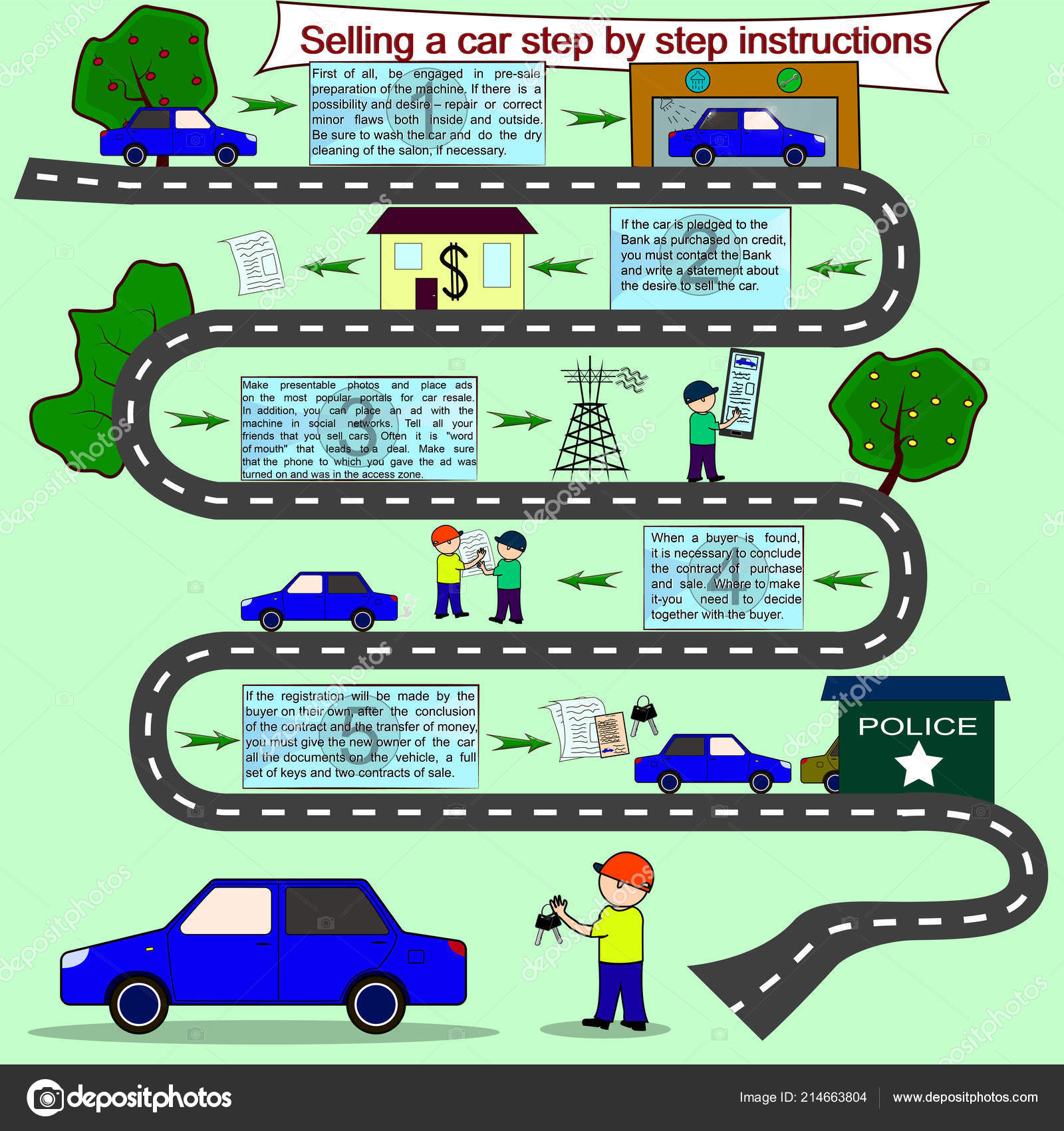Checking Out The Genuine Interpretation Of Your Auto'S Warning Lights
Checking Out The Genuine Interpretation Of Your Auto'S Warning Lights
Blog Article
Content Author-Cummings Gross
When you lag the wheel, those glowing warning lights on your control panel can be a bit perplexing. Do https://www.repairerdrivennews.com/2021/11/02/lkq-revenues-profits-from-recycled-parts-outpacing-aftermarket-business/ understand what they're attempting to tell you regarding your vehicle's health and wellness? Comprehending the relevance of these lights is crucial for your security and the longevity of your automobile. So, emergency brake repair cost among those lights turns up, wouldn't you intend to decode its message accurately and take the required actions to resolve it?
Common Caution Lights and Interpretations
Determine common caution lights in your cars and truck and comprehend their definitions to ensure safe driving.
One of the most regular warning lights include the check engine light, which signifies problems with the engine or emissions system. If this light begins, it's important to have your car examined immediately.
The oil pressure alerting light indicates reduced oil stress, needing instant interest to prevent engine damages.
A flashing battery light could suggest a damaged charging system, possibly leaving you stranded otherwise addressed.
The tire stress tracking system (TPMS) light signals you to low tire stress, impacting lorry security and gas efficiency. Ignoring this can bring about unsafe driving problems.
The abdominal light indicates a problem with the anti-lock stopping system, endangering your capability to stop quickly in emergencies.
Lastly, the coolant temperature level alerting light warns of engine overheating, which can cause serious damages if not fixed promptly.
Understanding these common caution lights will certainly help you resolve problems quickly and maintain secure driving problems.
Significance of Prompt Attention
Understanding the typical warning lights in your cars and truck is only the very first step; the significance of immediately addressing these warnings can not be emphasized enough to guarantee your safety when driving.
When a caution light brightens on your control panel, it's your automobile's method of communicating a prospective problem that requires interest. Neglecting these warnings can result in more severe troubles in the future, endangering your safety and possibly costing you more out of commission.
Motivate interest to alerting lights can avoid failures and accidents. As an example, a blinking check engine light could suggest a misfire that, if left neglected, might cause damages to the catalytic converter. Resolving this quickly can save you from a pricey repair work.
In a similar way, a brake system advising light may indicate low brake fluid or used brake pads, essential components for your security when driving.
Do It Yourself Troubleshooting Tips
If you see a warning light on your dashboard, there are a couple of do it yourself troubleshooting tips you can attempt before looking for specialist help.
The very first step is to consult your cars and truck's manual to understand what the specific caution light shows. Often the issue can be as straightforward as a loose gas cap causing the check engine light. Tightening up the gas cap may resolve the issue.
An additional typical problem is a low battery, which can trigger numerous warning lights. Inspecting the battery links for corrosion and guaranteeing they're protected may deal with the trouble.
If a caution light persists, you can attempt resetting it by detaching the auto's battery for a few mins and then reconnecting it. Additionally, examining your automobile's liquid degrees, such as oil, coolant, and brake liquid, can help fix cautioning lights associated with these systems.
Conclusion
To conclude, recognizing your car's warning lights is crucial for keeping your vehicle running smoothly and safely. By immediately dealing with these alerts and recognizing what they indicate, you can prevent costly repair services and prospective malfunctions.
Bear in mind to consult your cars and truck's guidebook for certain details on each alerting light and act appropriately to ensure a trouble-free driving experience.
Stay educated, remain risk-free when traveling!
